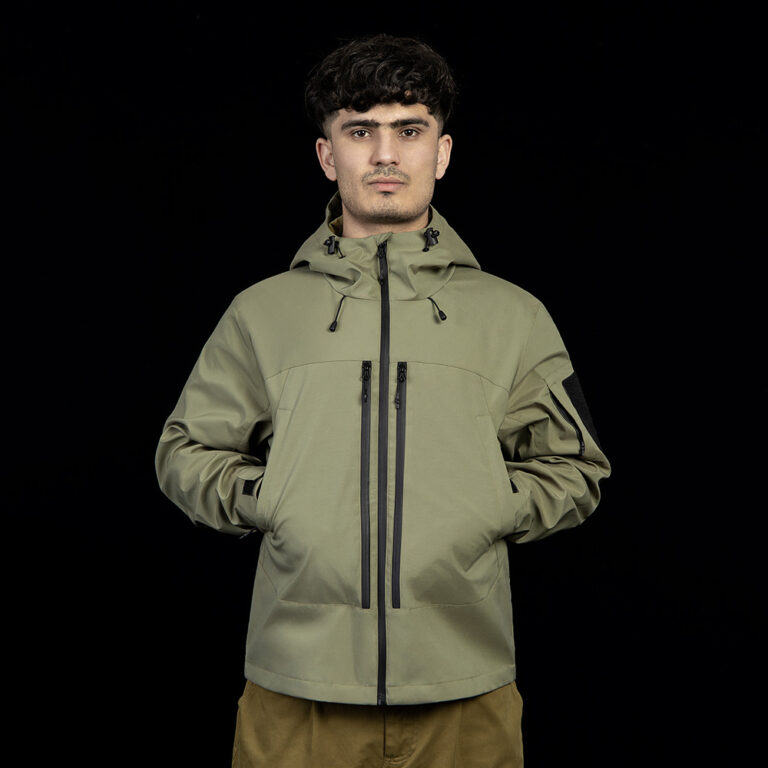

Materials:
65%Polyester + 35%Cotton
60% Cotton + 40%Polyester
50%Nylon + 50%Cotton
Fabric Type:
Ripstop / Twill
Size:
XS – XXL or customization
FEATURES:
Double layer stand-up collar with Velcro fastener
Crease on the back to increase the volume
Fly with zipper and velcro closure
Elbow / buttocks / knees are reinforced with double layer fabric
Velcro on each arm and chest for patch attachment
3 extra wide belt loops at the waist, perfect for military belt
Adaptable Nature-Inspired Attire
The Woodland Camouflage Combat Uniform draws inspiration from nature’s diversity. Its woodland pattern ensures that soldiers remain hidden in forested and vegetated landscapes.
ocp combat uniform
Does the U.S. military use Woodland Camo?
Although completely phased out of frontline use in the U.S. Armed Forces, U.S. Woodland is still used on some limited level by some branches such as MOPP suits, equipment and vests left over while some modernized uniforms (either BDU or commercial) were worn specifically by special forces such as USMC Forces Special Operations Command and United States Navy SEALs.
What branch wears Woodland Camo?
Woodland pattern is the name of the default camouflage pattern issued to United States Soldiers, Marines, Airmen, and Sailors from 1981, with the issue of the M81 Battle Dress Uniform until nearly the present day.
Why is M81 Woodland so popular?
M81 Woodland is one of the most common and famous camouflage patterns in the world, with dozens of countries using the pattern or a version thereof. Its use in conflicts the world over by our military and others has cemented its name in history.
Why did US soldiers wear Woodland Camo in Iraq?
Originally Answered: In the earlier weeks of the Iraq War, why were the US troops wearing Woodland camouflage? Because desert camouflage was in very limited supply.






